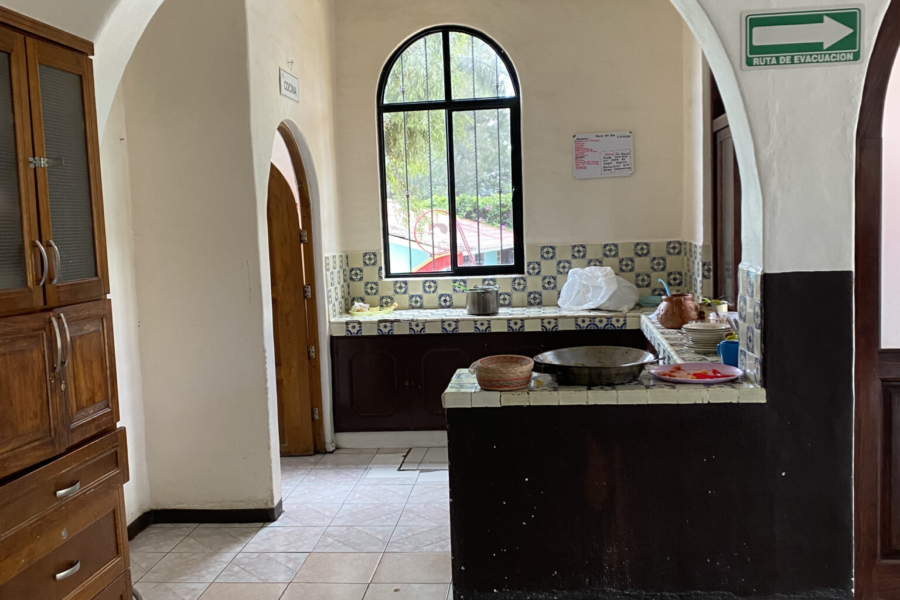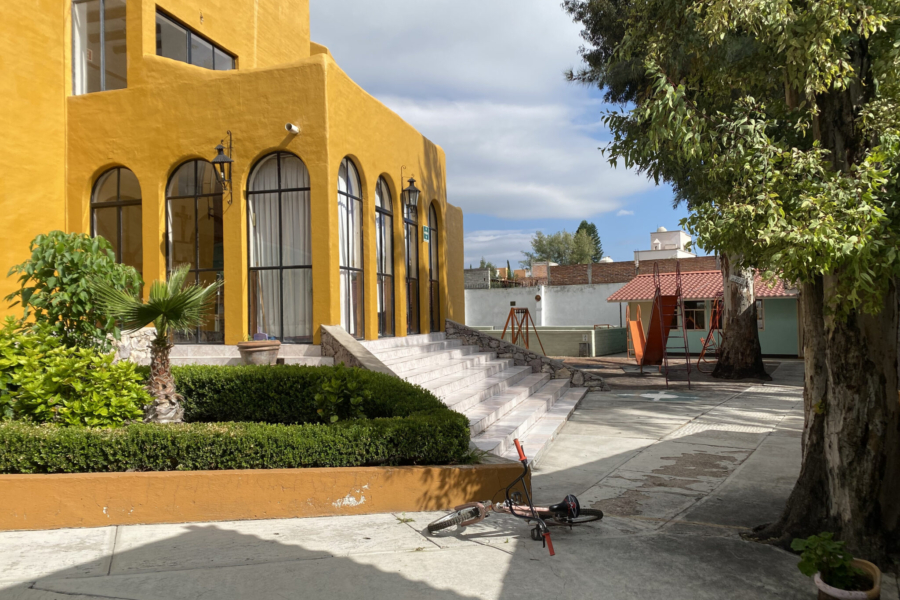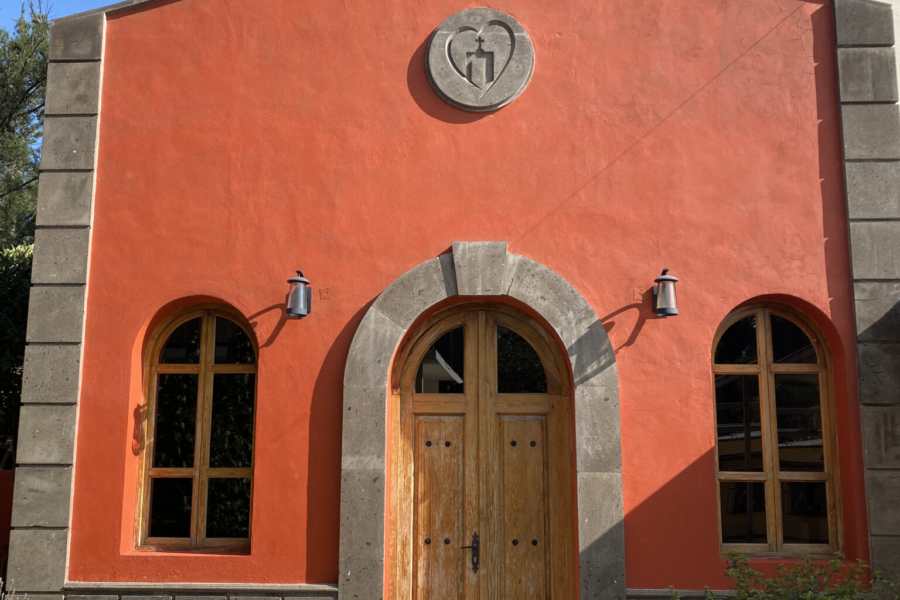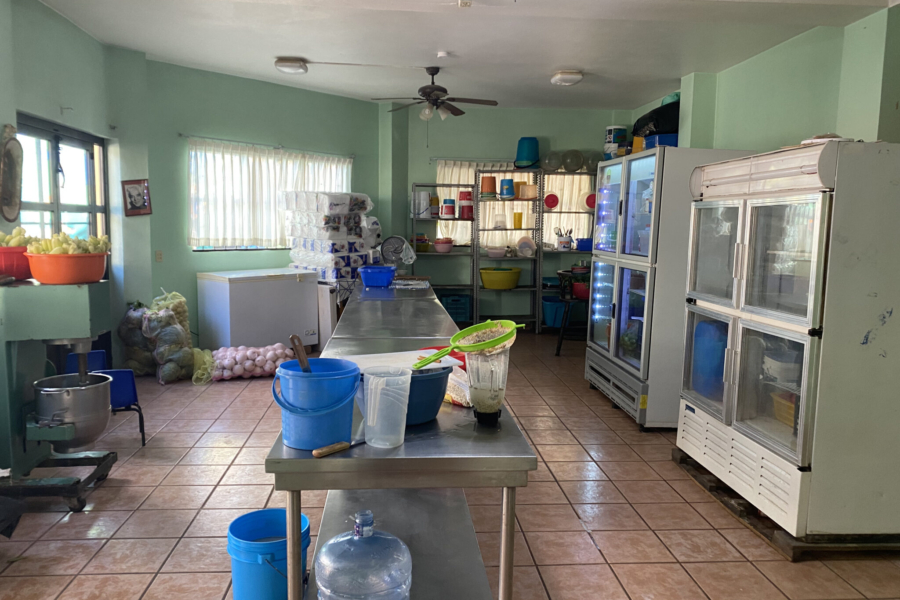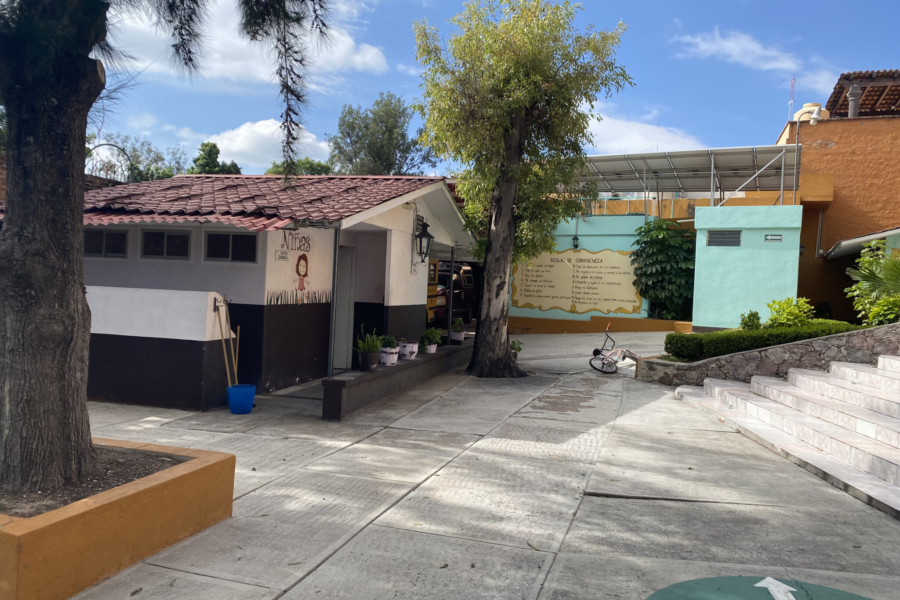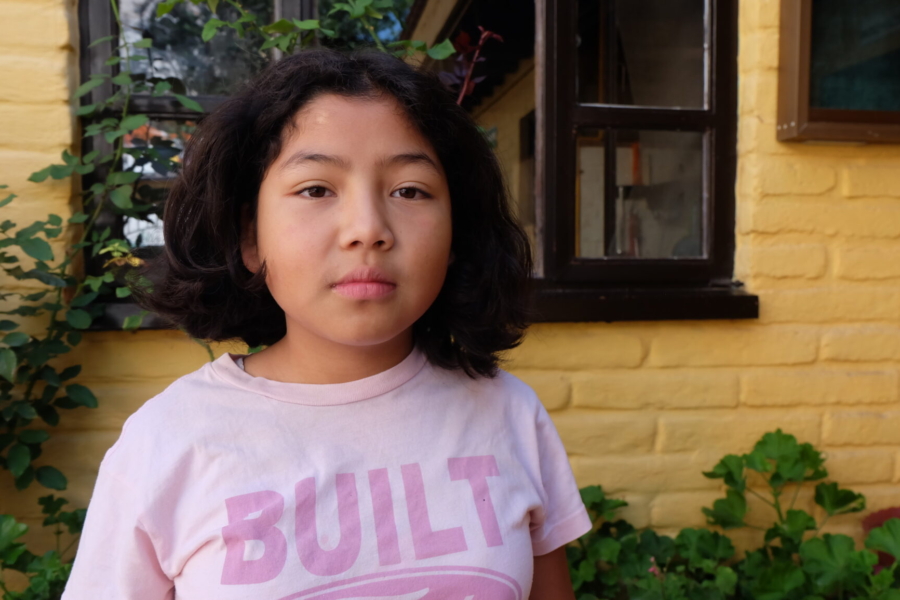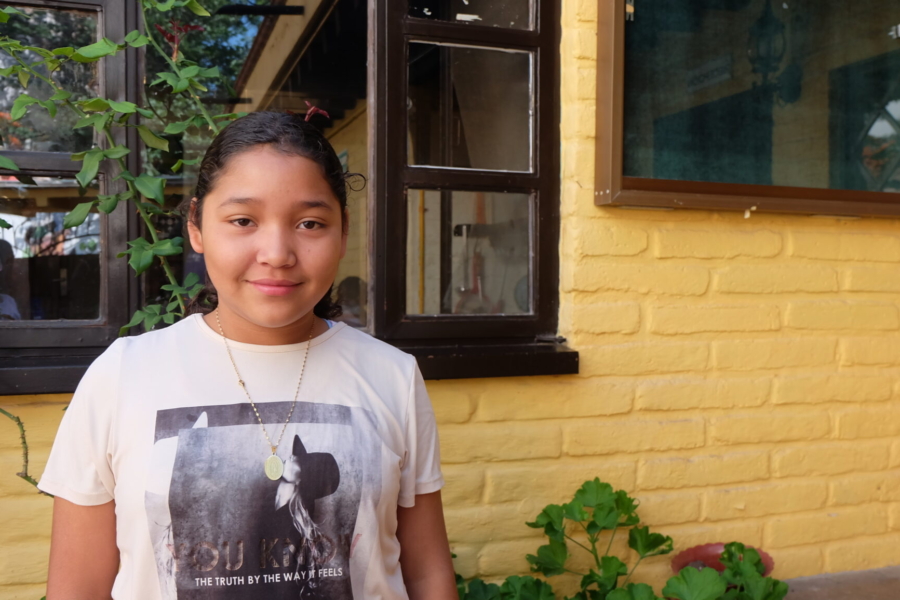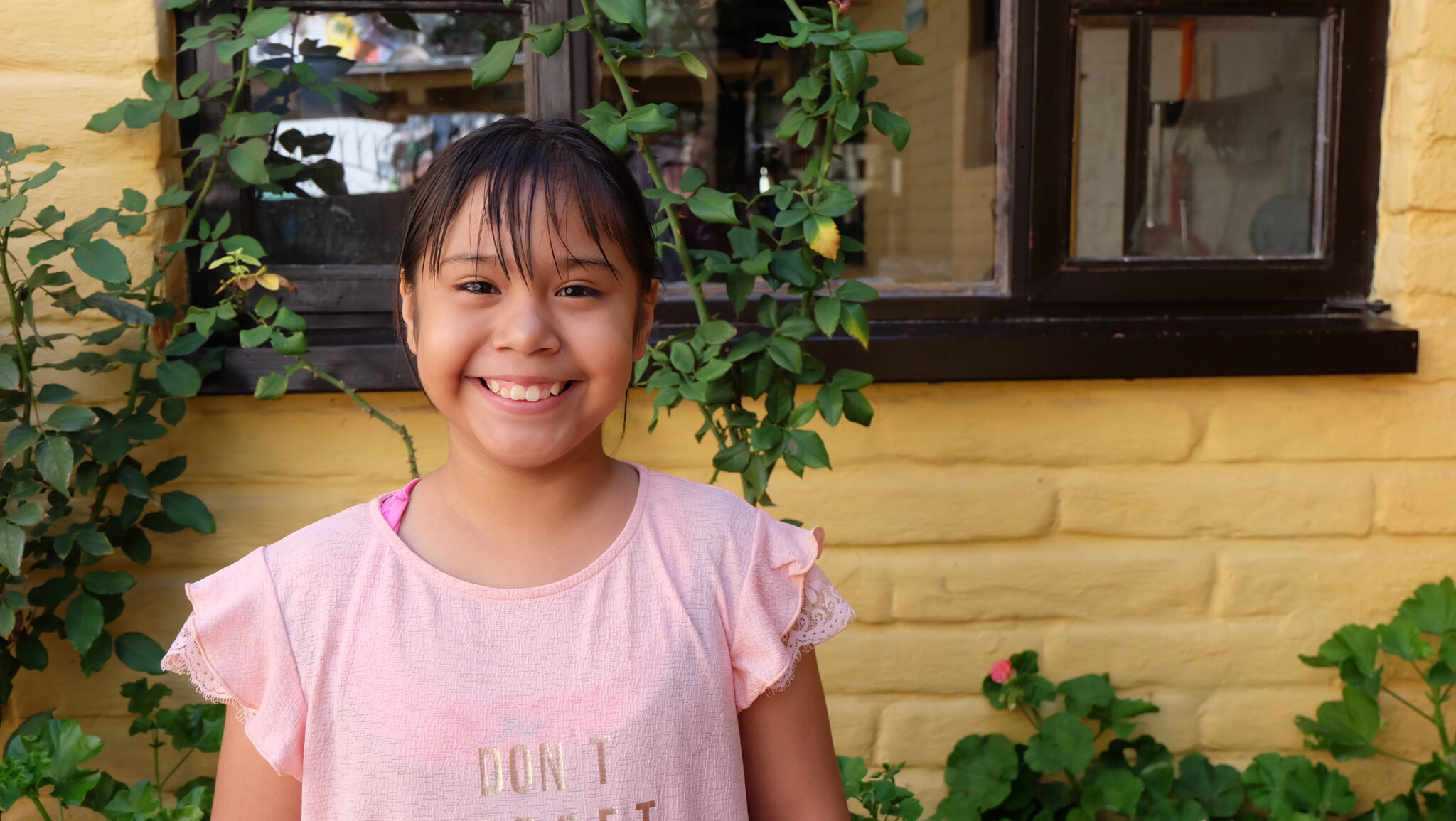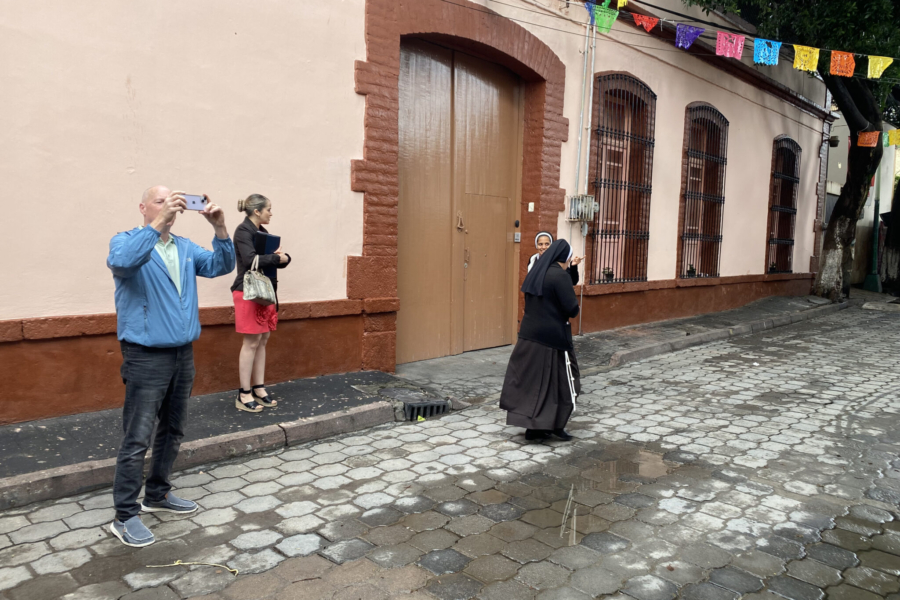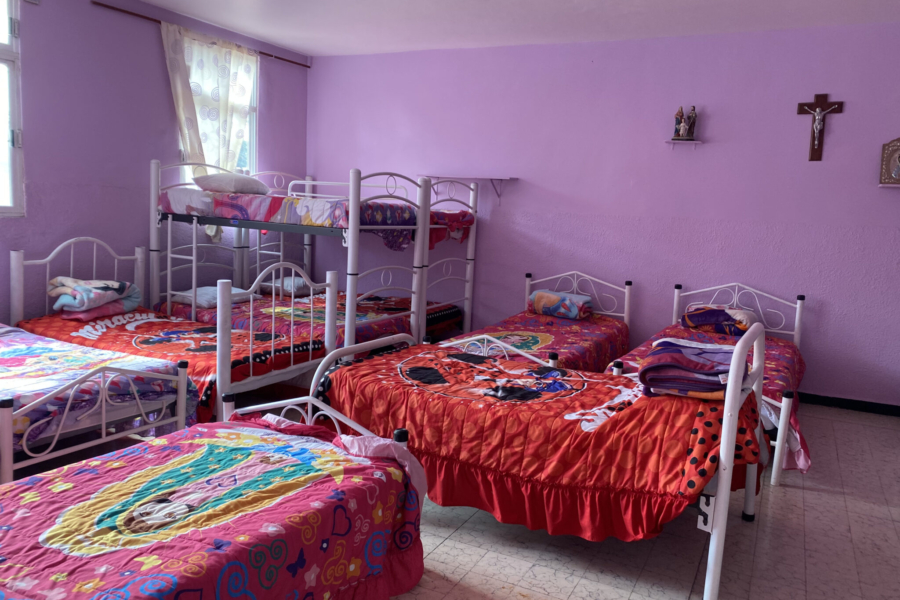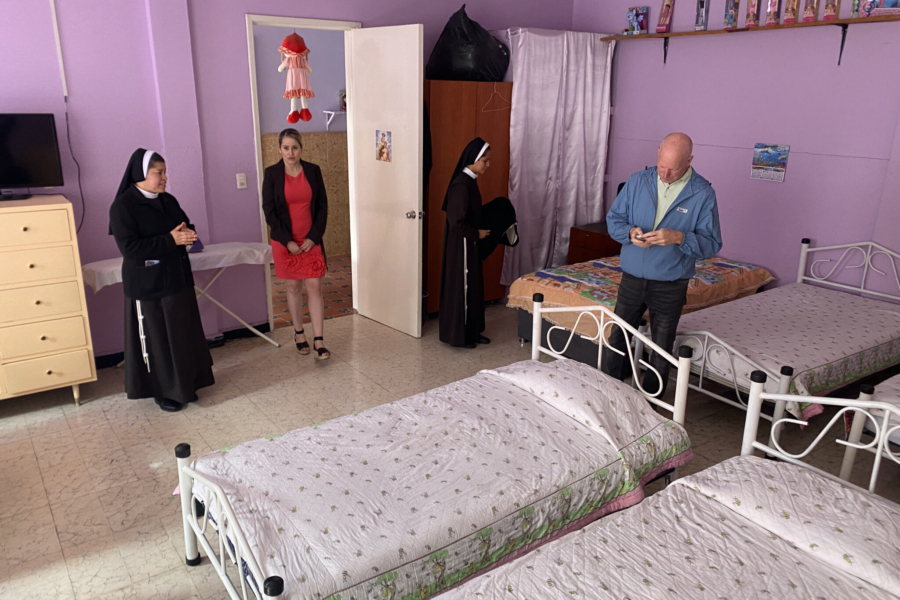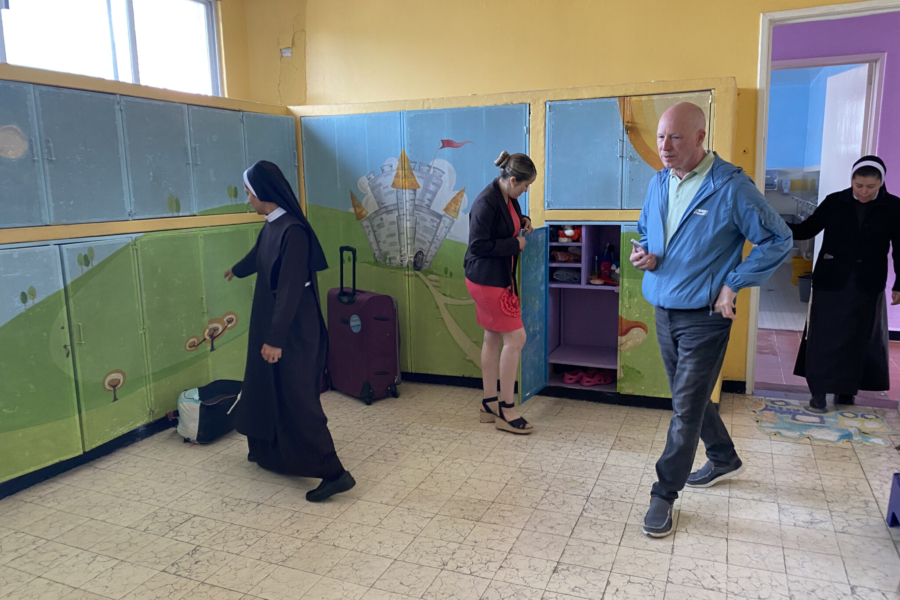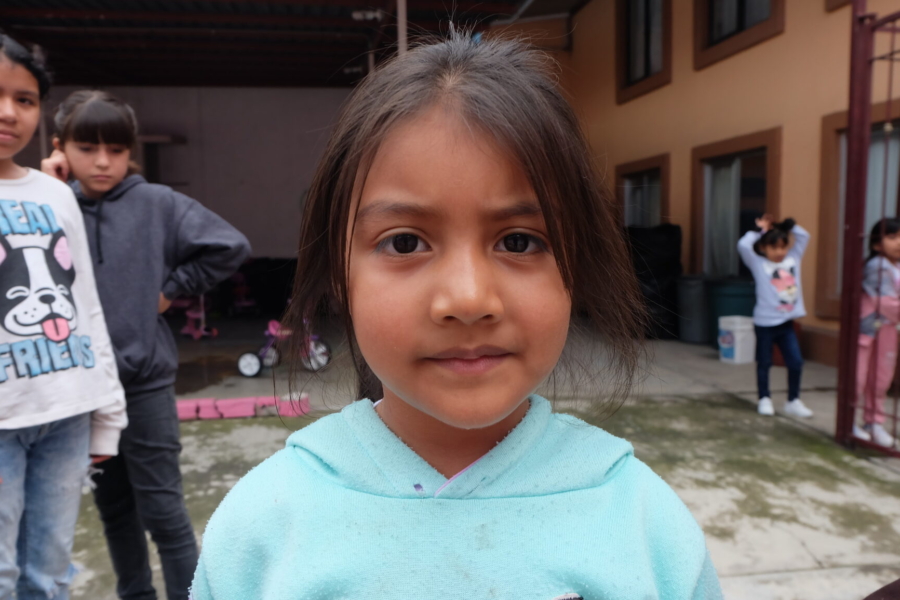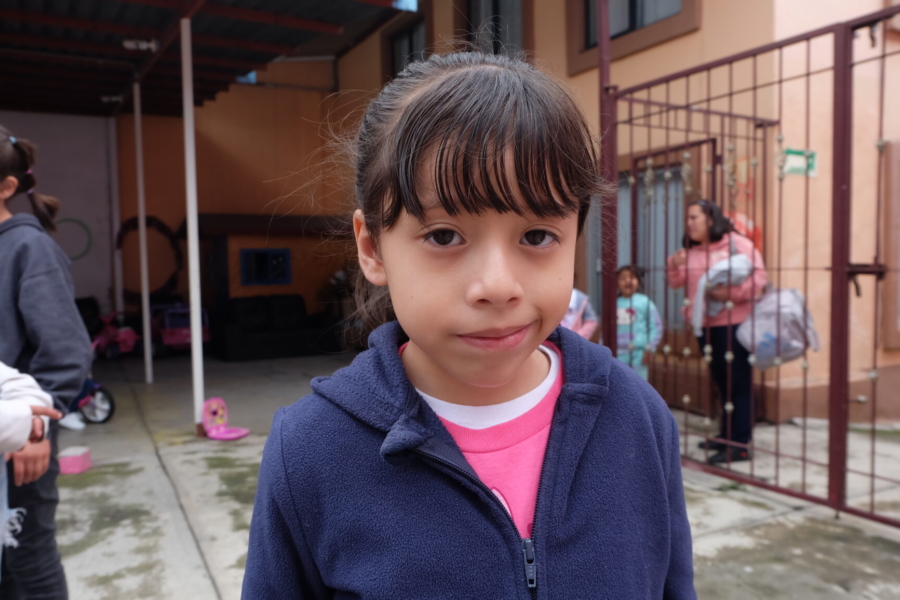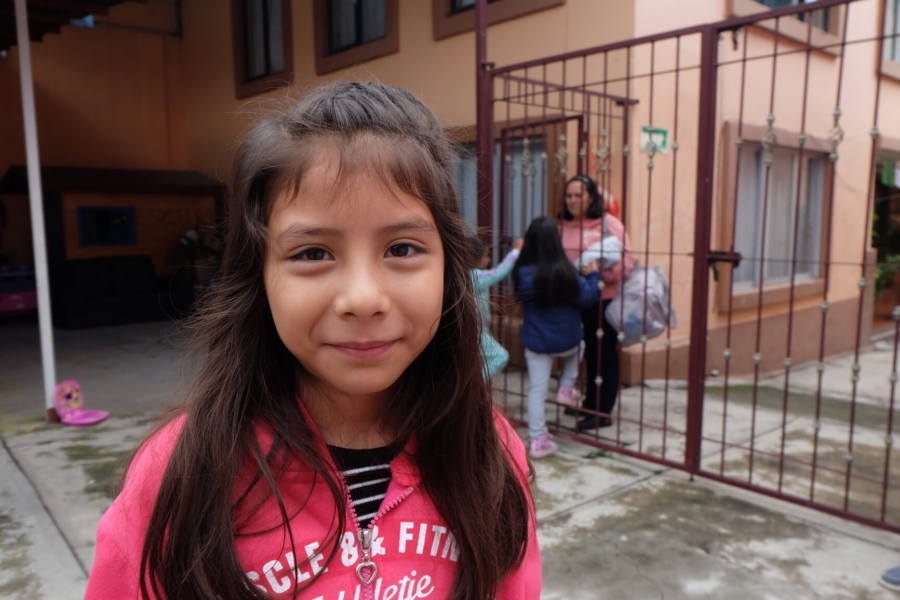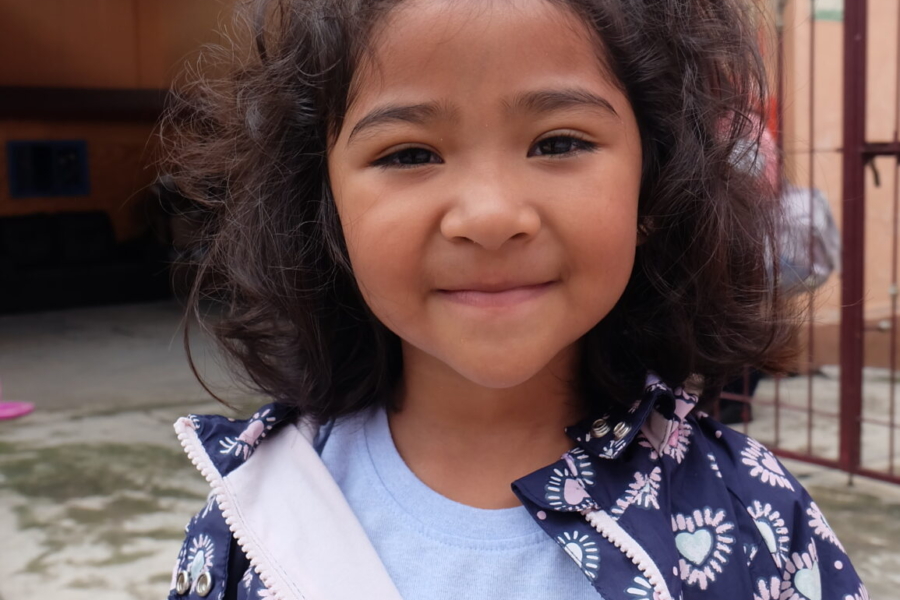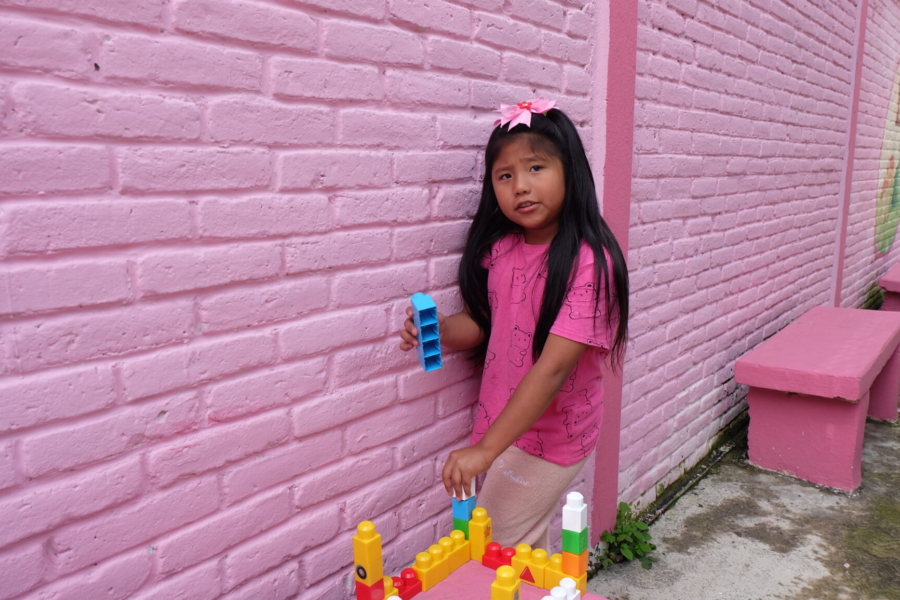We believe in full transparency of our financial management, which protects the trust you place in us as stewards of your generosity. Please contact us if you have any questions about these documents or seek any additional information about our accountability or your contributions. Your generous donations to Children Incorporated are tax deductible and offer tax benefits. Below are some commonly asked questions about tax deductions for contributions made to our organization.
DOES MY contribution QUALIFY FOR A TAX DEDUCTION?
Children Incorporated has been a registered 501(c)(3) charitable organization since 1964. Contributions, therefore, may be eligible for tax-deductibility status. We strongly recommend that you consult with your tax advisor when making such determinations.
Your generous donations to Children Incorporated are tax deductible and offer tax benefits. Below are some commonly asked questions about tax deductions for contributions made to our organization.
receiving an annual donation statement
At the end of every fiscal year, Children Incorporated issues annual donation statements through mail and e-mail to every donor who has contributed during the calendar year. You will receive your donation statement either in the mail or by email within the month of January of the preceding year in which you made a donation. Subsequently, you will also receive a donation statement each month of the year that you make a contribution to our organization. If you need a donation statement, please contact our office so we can assist you.
what documents are needed
You will receive a written acknowledgment of your annual donation with the following information.The annual donation document will be needed to claim your tax deduction.
- name of our organization and contact information
- amount of annual contributions
- description/purpose of annual contribution/contributions
WHAT TYPE OF CONTRIBUTIONS are accepted?
We accept various different types of donations that all support children in need and/or help us operate our organization to its fullest capacity. Donations to one of our many special funds go to supporting community needs, covering operational expenses for Children Incorporated, and helping families in times of crisis. You can read more about these funds and how they are changing the lives of those in need by visiting our donation portal on our website.
When you make a contribution to your sponsored child, those funds are designated for the child specifically. Additionally, you can make a contribution to that child above the $35 a month for general needs, birthdays, and holidays. Children Incorporated welcomes your generous contributions for the benefit of your sponsored child/children, which will be disbursed with regular monthly subsidies to the child/children’s site. To enable our affiliated site volunteers to have even more purchasing power for the needs of the child, any contributions made in the amount of $5 or below will be accumulated over several months and forwarded twice a year.
Details on eligibility for tax deductions based on location
To find out information about eligibility for tax deductions within your state, please visit the link below:
TAX ELIGIBILITY INFORMATION BY STATE
***
How do I sponsor a child with Children Incorporated?
You can sponsor a child in one of three ways: call our office at 1-800-538-5381 and speak with one of our staff members; email us at sponsorship@children-inc.org; or go online to our sponsorship portal, create an account, and search for a child in that is available for sponsorship.



